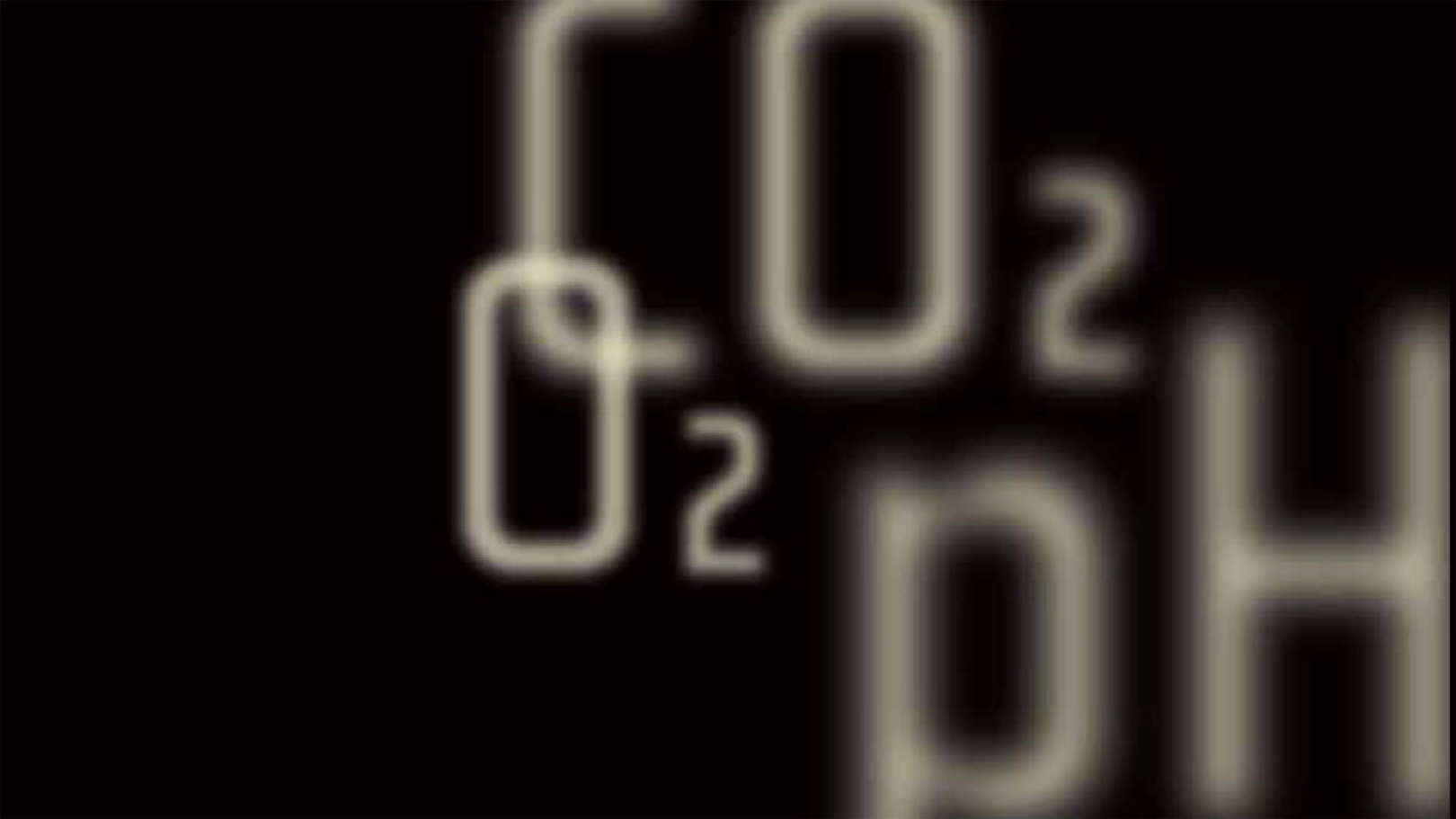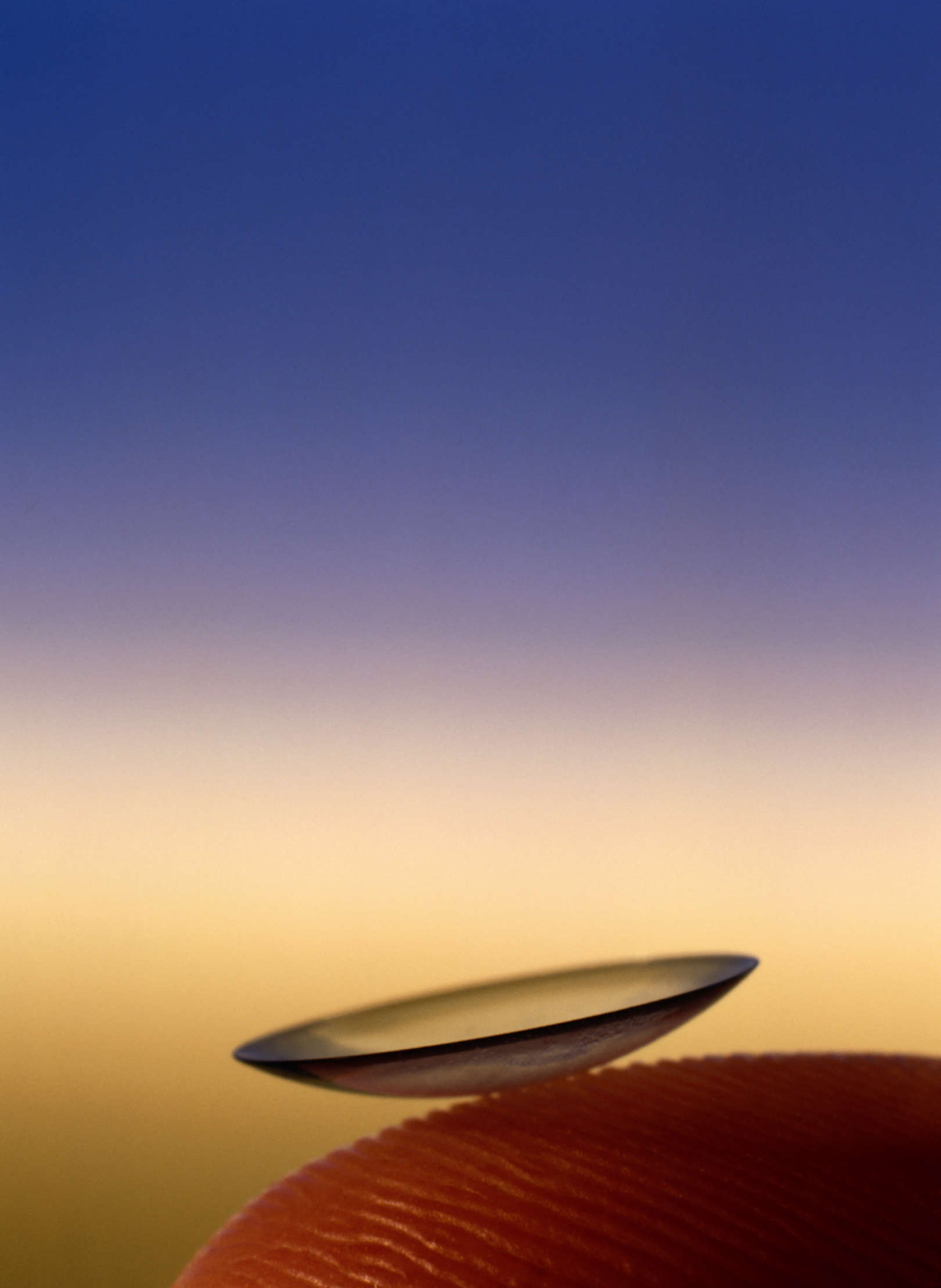About
I graduated in Applied Physics (Optics and Lasers) at the University of Minho (1996), obtained the MSc in Optoelectronics and Lasers at the Physics Department of the University of Porto (2000); in 2006 I concluded a PhD program at Porto University in collaboration with the Department of Physics and Optical Sciences at the University of North Carolina at Charlotte, NC, USA, with work in luminescence based optical fibre systems for biochemical sensing applications using quantum dots. Since 1997 I have been involved in several research and technology transfer projects related to optical fibre sensing technology, developing new sensing configurations and interrogation techniques for optical sensors. I am, since 2007 a Senior researcher at INESC TEC reponsible for the Biochemical Sensors team, where we explore the potential of optical fibre and integrated optics technologies in environmental and medical applications framed by several R&D projects. I have more than 200 publications in the fields of sensors in national and international conferences and peer reviewed journals, I am author of 3 book chapters and also hold one patent. I am a member of SPIE and SPOF.








